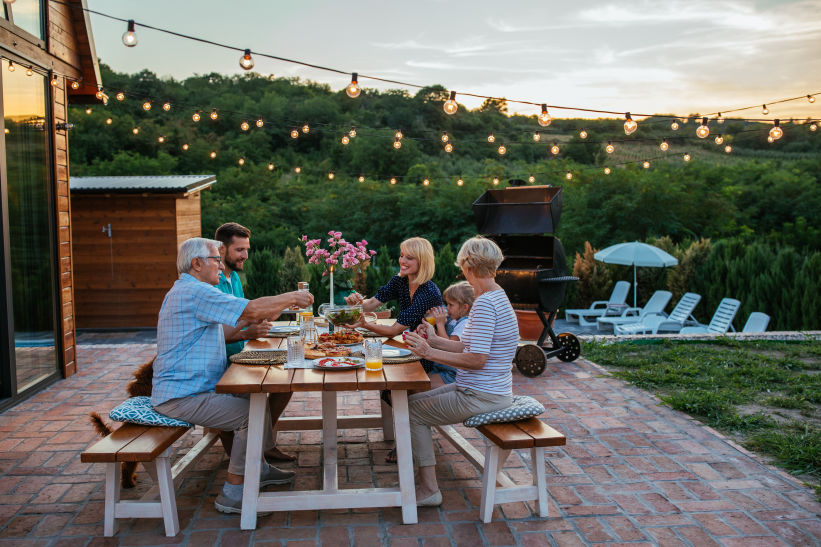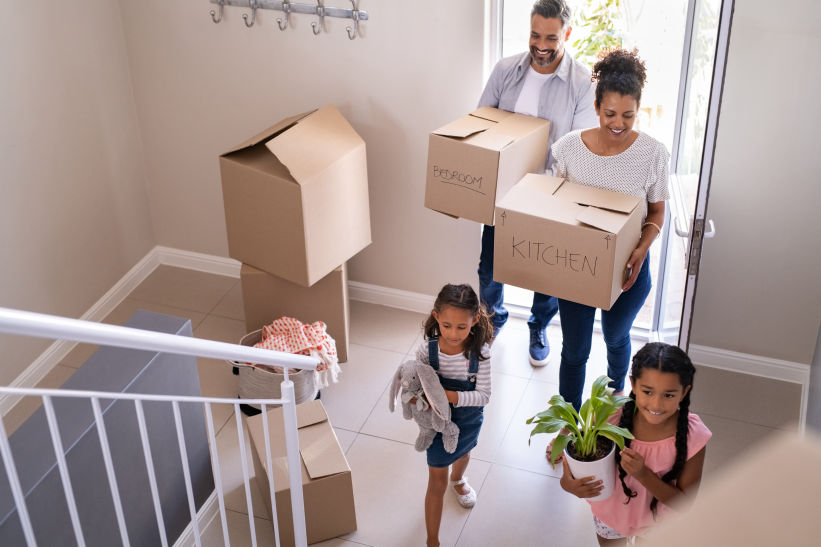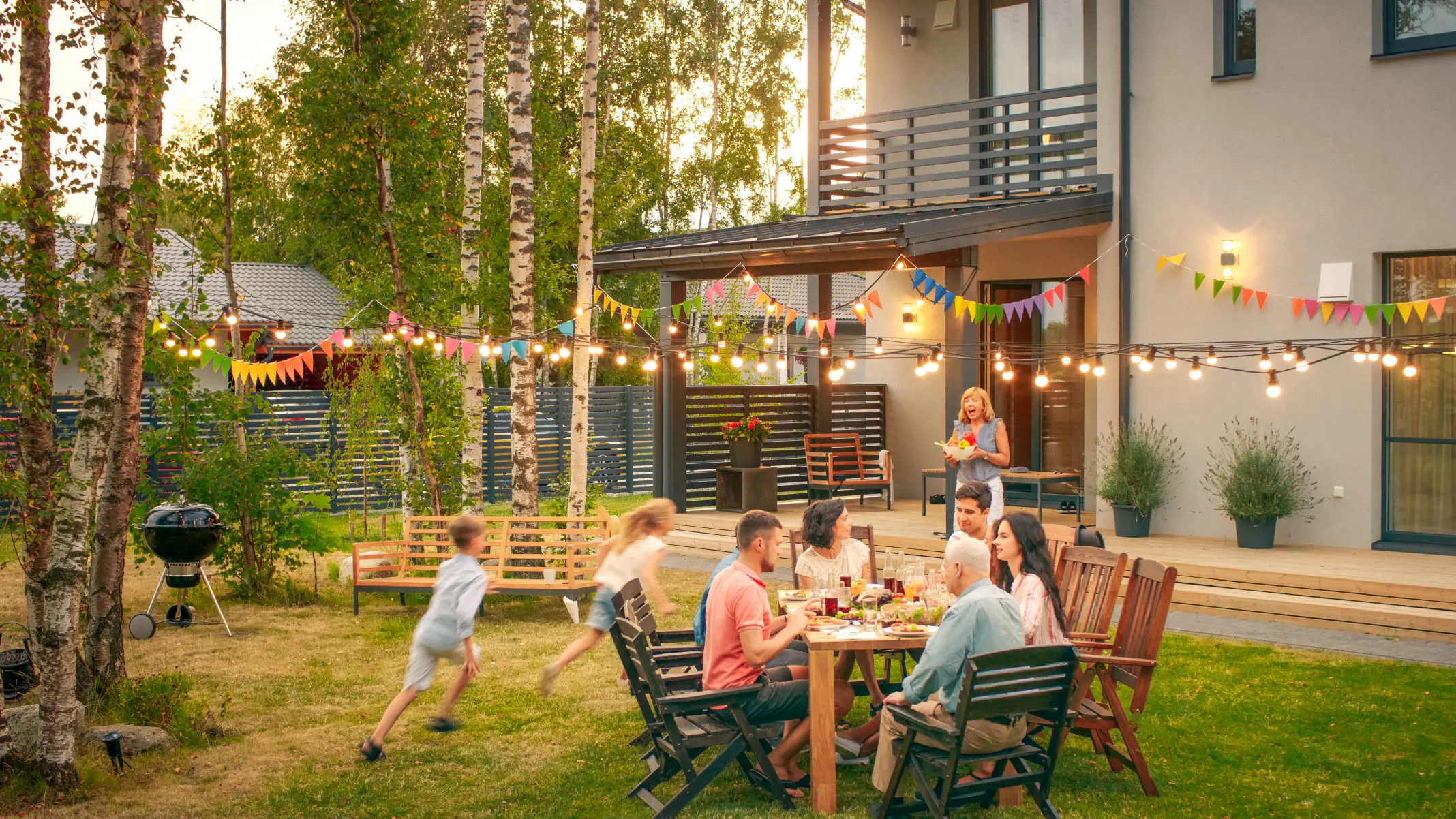


With your annual compensation of $650,000–$695,000, you'll discover something rare in American cities—the ability to live exceptionally well while building substantial wealth. New Orleans' cost of living index is 105.7, just 5.7% above the national average. Yet this provides access to world-class urban living—without the price tag of San Francisco, Manhattan, or Boston, where equivalent purchasing power would require $1.1–$1.6 million annually. This isn’t about frugality—it’s about financial freedom without sacrificing lifestyle.
Your monthly gross income of $54,000–$58,000 opens the door to stunning real estate, generous savings, and low-tax living. In Los Angeles, that would barely cover a modest mortgage. In New Orleans, it affords you a Garden District mansion for $4,000–$6,000/month. Louisiana's top state income tax is just 4.25%—compared to California’s 12.3% or New York’s 10.9%—saving you an estimated $50,000–$70,000 annually. Add property taxes averaging 0.55% (vs. 2.49% in New Jersey), and you’re building wealth others can only imagine.
Your lifestyle here is both rich and accessible. Dinner for two at Commander’s Palace: $400—not $800 like in coastal cities. Weekly groceries: $250–$300, despite premium ingredients. Utility bills for a 4,000 sq. ft. home: $300–$400/month. Coffee: $5, not $8. A fine lunch: $20–$30, not $60. You’ll enjoy luxuries daily, without financial anxiety.
Louisiana's tax system is designed to help you keep more of what you earn. With an effective rate of ~3.8%, your state income tax is about $25,650—far below what you’d pay elsewhere. Property tax breaks like the $75,000 homestead exemption save you even more, and there’s no estate or inheritance tax. Even in retirement, your Social Security and prescriptions remain untaxed.
Your $675,000 salary equals:
That’s the power to afford top-tier private schools ($15,000–$25,000/year), country club memberships ($15,000–$30,000 initiation), and vacations abroad—without financial compromise.
The cost differential here is more than comfort—it’s capital. Saving just $10,000/month (the average housing delta vs. SF or NYC) yields $120,000/year. Over 20 years, that’s $5–7 million in potential investment growth. Meanwhile, low living costs allow you to invest in real estate, fund tuition, or reduce your clinical load as you approach retirement—on your terms.
Your income in New Orleans delivers what few cities can: an exceptional lifestyle today, with exponential wealth for tomorrow. Here, you can own a home, save meaningfully, educate your children without debt, and practice medicine for purpose rather than pressure. The Big Easy doesn’t just promise a better lifestyle—it delivers financial security, personal freedom, and generational opportunity.
With your annual compensation of $650,000–$695,000, you'll enter a housing market where architectural treasures cost a fraction of what they do in coastal cities. A restored 1850s Greek Revival mansion in the Garden District may cost $1.2 million—with a monthly mortgage of about $6,800, just 10–12% of your monthly income. In cities like Manhattan or San Francisco, that figure barely covers a modest condo. In New Orleans, you’ll own more, live better, and build equity in a home that’s also a work of art.
Prefer modern amenities? Lakeview offers new smart homes from $650,000–$1.2 million. The Warehouse District features loft condos in converted 19th-century warehouses from $500,000–$1.5 million, with rooftop views of the Mississippi. English Turn, a gated golf community, delivers PGA-level luxury at $700,000–$1.5 million—all with resort-style amenities.
Not ready to buy? Physicians frequently rent for 6–12 months while exploring the city. Options include:
Firms like Latter & Blum and Gardner Realtors handle executive rentals and full-service support for transitioning physicians.
With strong demand and favorable pricing, real estate here is more than a home—it’s a wealth-building asset. Examples include:
Many physicians form investment groups for larger projects, benefiting from rental income, tax advantages, and long-term growth.
Commutes from most physician-preferred neighborhoods range from 10–25 minutes:
The streetcar system provides a charming and relaxing way to commute—no need to spend hours in gridlock like your peers in LA or Atlanta.
With a $675,000 income, you can qualify for homes up to $2.2 million, but most physicians spend $800,000–$1.5 million to stay well below national housing expense norms. A $1.2 million home with 20% down equals:
In SF or NYC, this same home would cost $4–6 million and saddle you with higher taxes and a much larger mortgage. Here, you own luxury without stress.
New Orleans’ real estate community is physician-friendly, offering:
Your compensation in New Orleans provides a rare opportunity in modern medicine: to own a stunning home, build wealth through real estate, and still maintain financial flexibility. Whether it’s a Garden District showpiece, a Lakeview smart home, or an Uptown Victorian near jazz clubs, you’ll gain not just square footage—but a piece of a city with centuries of history and unmatched character. In New Orleans, you’ll own rather than rent, appreciate rather than depreciate, and live better—without financial compromise.



Relocating to New Orleans means embracing a city whose safety profile is more nuanced than headlines suggest. Physician neighborhoods like Uptown, Garden District, Lakeview, and Old Metairie experience 60–70% lower crime rates than the city average, with violent crime nearly nonexistent. Daily life here includes evening walks to restaurants, kids playing in yards, and community events that foster connection and peace of mind.
Citywide stats don’t reflect life in professional neighborhoods. The Uptown/University area sees under 200 violent crimes per 100,000—safer than Portland or Milwaukee. Most reported incidents involve car break-ins or package theft, mitigated by shared safety practices and engaged neighbors. Violent crime dropped 15% in 2023, and property crime dropped 12%, thanks to ongoing community-policing efforts.
New Orleans has invested heavily in public safety systems:
The NOPD's community approach prioritizes proactive engagement. Officers assigned to your area know residents by name, attend community meetings, and offer direct contact for non-emergencies. Jefferson Parish deputies cover Metairie with some of the best response times and training in the state.
Thanks to $14.5 billion in post-Katrina infrastructure, New Orleans is one of the most flood-protected cities in America. Physician neighborhoods sit on high ground, well above sea level, and modern homes follow elevated, wind-resistant building codes. Ochsner Health has robust emergency protocols to protect staff and families during extreme weather.
Top private and magnet schools where physicians' children attend offer:
Ochsner Baptist offers hospital-grade security systems, including:
Unlike cities like Philadelphia, Chicago, or San Francisco, New Orleans offers:
You'll learn local safety habits that enhance comfort without paranoia:
In New Orleans, your experience will resemble life in Brookline, Buckhead, or Westlake. Your kids will ride bikes to school, neighbors will look out for one another, and you’ll host backyard dinners with confidence. Physician neighborhoods offer safety, stability, and real community, free from the fortress mentality required in supposedly "safer" cities. With awareness and community ties, New Orleans offers not only safety—but peace of mind.
